- About MAA
- Membership
- MAA Publications
- Periodicals
- Blogs
- MAA Book Series
- MAA Press (an imprint of the AMS)
- MAA Notes
- MAA Reviews
- Mathematical Communication
- Information for Libraries
- Author Resources
- Advertise with MAA
- Meetings
- Competitions
- Programs
- Communities
- MAA Sections
- SIGMAA
- MAA Connect
- Students
- MAA Awards
- Awards Booklets
- Writing Awards
- Teaching Awards
- Service Awards
- Research Awards
- Lecture Awards
- Putnam Competition Individual and Team Winners
- D. E. Shaw Group AMC 8 Awards & Certificates
- Maryam Mirzakhani AMC 10 A Awards & Certificates
- Two Sigma AMC 10 B Awards & Certificates
- Jane Street AMC 12 A Awards & Certificates
- Akamai AMC 12 B Awards & Certificates
- High School Teachers
- News
You are here
Aiding the Teaching of Geometry and Affording Mathematical Recreation: Paper Folding in the Spirit of Sundara Rao of Madras – Sundara Rao: Background and Context
Born in 1853, Sundara Rao received an introduction to geometry as an undergraduate at Kumbakonam College, a school in the town of Kumbakonam, about 160 miles south of Madras. He obtained his B.A. in mathematics there in 1874. As Alex D. D. Craik has noted [2007, esp. pp. 259–269], it seems almost certain that Rao would have studied from Todhunter’s textbooks as an undergraduate. His instructor would have been William Archer Porter (ca 1825–1890), who had graduated as a Third Wrangler in mathematics at Cambridge in 1849, the year after Todhunter. Porter taught at Kumbakonam from 1863 until 1872 and again from 1874 to 1878. Rao’s father, T. Gopala Rao (or Row), also was on the staff of the college, assuming a variety of posts over the period between 1857 and 1882. Despite these connections to education, upon graduation Rao became a civil servant, working for the British government in Madras.
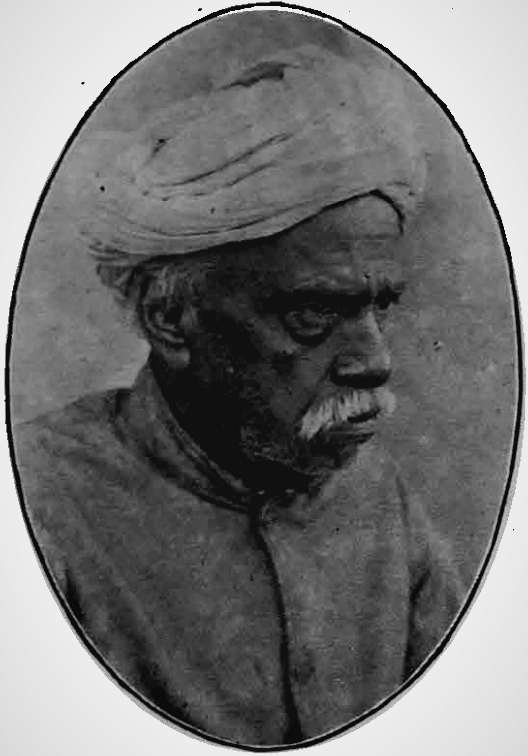
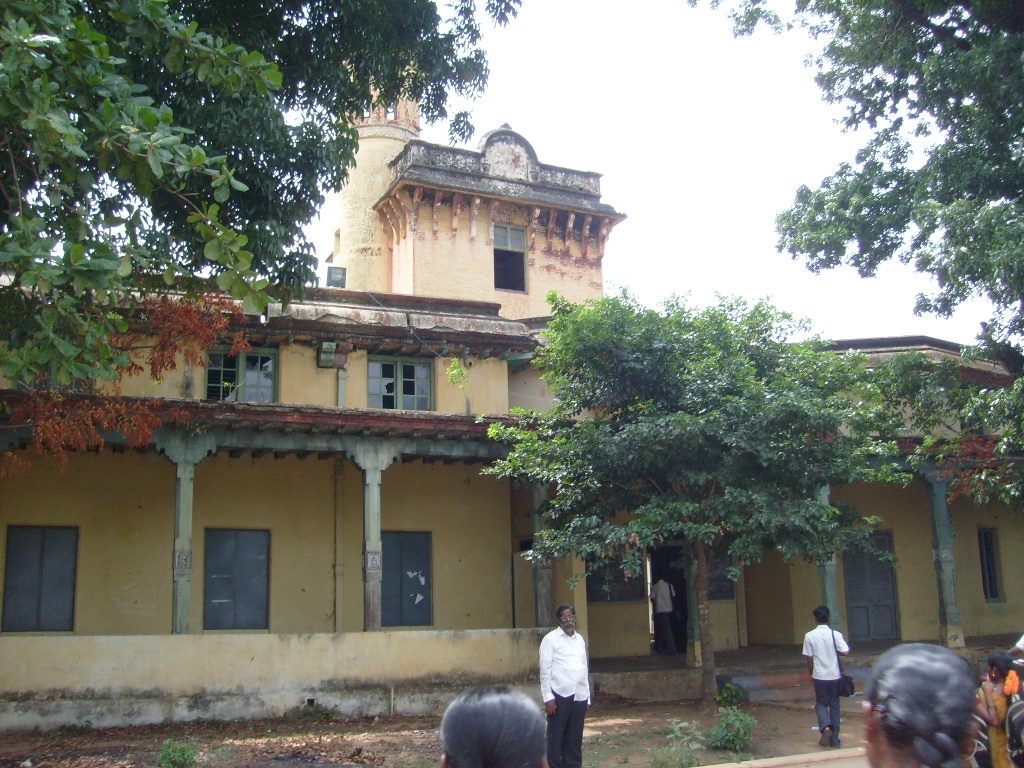
Figure 7. Undated photograph of Sundara Rao and Kumbakonam College in 2011. mAnasa-taraMgiNI,
“Paper folding, Sundara Rao and geometrical constructions” (26 November 2016), and Wikimedia Commons.
Although he was apparently not directly involved in any of them, the trends in geometry teaching that were mentioned previously had an impact on India during the years of Rao’s career. For example, by the 1870s, kindergarten had come to India, particularly Madras.[6] One of those most interested in promoting the practice was Isabel Bain Brander. Bain, born in about 1846, was first educated at home by her mother and eldest sister, and afterwards in schools in Brentford and Oxfordshire, at Queen’s College in London, and in Paris. She received teacher training at a normal school in Salem, Massachusetts, and at Home and Colonial College, London [Anonymous 1907].[7] In 1870 she was appointed by the Duke of Argyll, Secretary of State for India, to open a Government Normal School for women in Madras. The school grew under her direction. Attracted by Froebel’s work, and repelled by the rote teaching given to young children in Madras, in 1875 Bain introduced kindergarten training into lower classes of a practice school associated with the teacher’s school. She also devoted an hour a week after school hours to the instruction of normal school students in kindergarten occupations [Cotton 1898, p. 254]. The following year, Bain married James Brander, and she took an early retirement. He died two years later, in June 1878. That September, Isabel Brander published a brief account of her early experience with kindergarten in India, noting the importance of introducing materials and using songs and stories that reflected the experiences of Indian children [Brander 1878]. From 1880, she was able to put these ideas into practice once again, as the inspector for schools for girls and women for the entire Madras Presidency. By 1885, knowledge of a few of Froebel’s gifts was required of young children sitting for examinations at schools for both Europeans and Asians that received grants from the British government [Cotton 1898, pp. 254–255]. Brander also continued to publish on kindergartens [Brander 1887; 1896; 1899–1900].[8] After she retired a second time and left India in 1903, both British and Indian teachers continued to run kindergartens, sometimes using a somewhat larger range of Froebel’s gifts [May, Kaur, and Prochner 2014, esp. pp. 139–145].
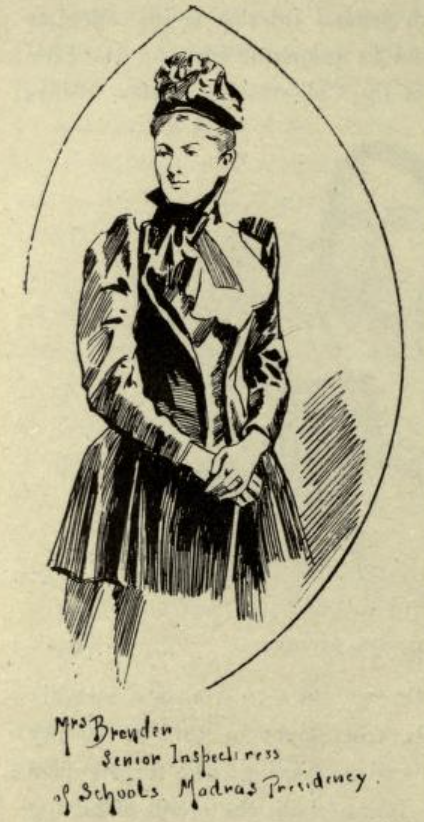
Figure 8. Sketch of Isabel Bain Brander. Mary Frances Billington,
Woman in India (London: Chapman & Hall, 1895), p. 36.
Attempts to improve geometry teaching at the primary and secondary levels also took place in India. One reformer was B. Hanumantha Rao, who had graduated from Kumbakonam College the same year as Sundara Rao (he was first in the class, Sundara Rao second; the two men were not related) [Row 1875, pp. 110–111]. Hanumantha Rao stayed on at Kumbakonam as an assistant master and then taught at the Government Normal School in Madras. In 1885, he published First Lessons in Geometry. The book was reviewed in Nature, where the anonymous reviewer’s comments suggest the spirit of the times:
A modern mathematical movement has taken hold of able mathematical teachers of the mild Hindoo. Mr. Rau [sic] candidly repudiates all claim to originality for his matter, as in its compilation he has consulted the best English and French text-books for pure as well as for practical geometry. “If ‘Euclid’s Elements’ is unsuited for beginners who study it in their own native tongue, how much more so should it be in this country, where it is taught in classes consisting generally of lads between ten and twelve before they have had time to master the difficulties of a foreign language, and before too, I may add, they can benefit by its rigorous logic” [Anonymous 1887].[9]
A second edition of Hanumantha Rao’s book, published in 1888, was commended in The India Magazine and in Nature [Rau 1888; Pope 1888; Anonymous 1888]. Hanumantha Rao would go on to become Professor of Mathematics at the College of Engineering in Madras. He was a founding member of what became the Indian Mathematical Society and served as the organization’s first president from 1907 to 1912.
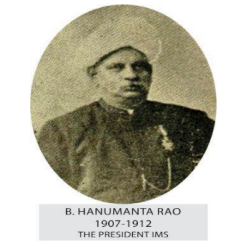
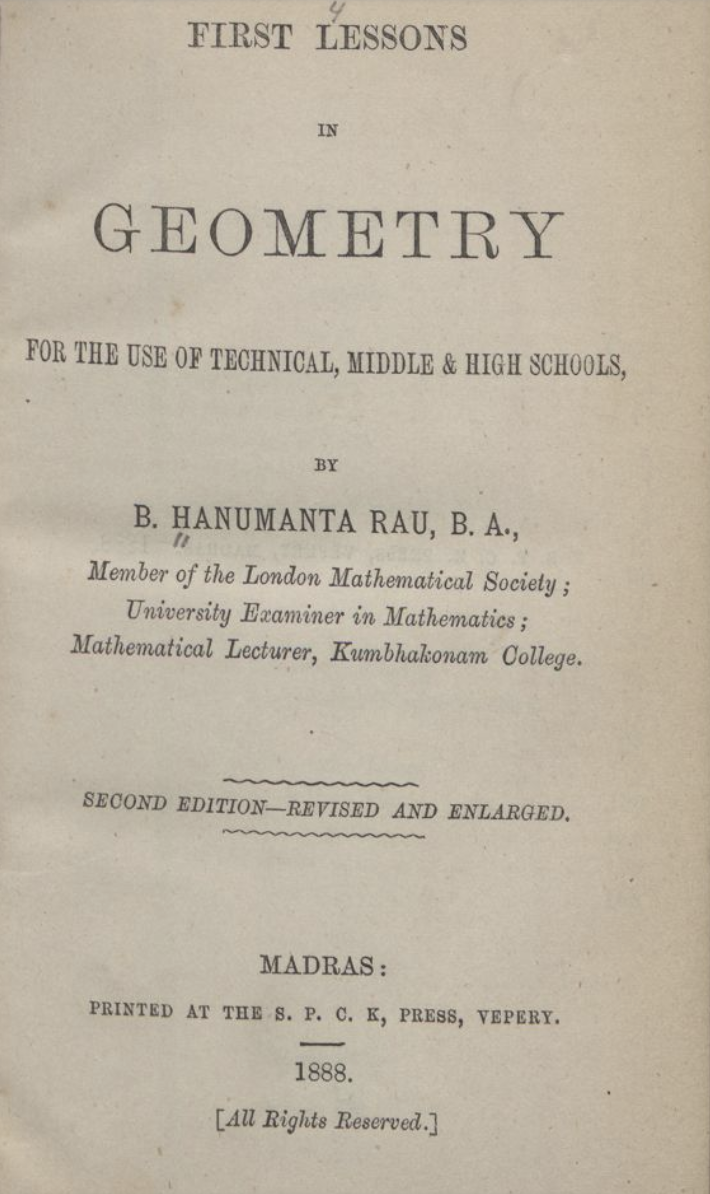
Figure 9. Hanumantha Rao and title page from the second edition of First Lessons in Geometry.
Indian Mathematical Society and American University Digital Research Archive.
[6] For a general introduction to infant schools in British India, see May, Kaur, and Prochner [2014, pp. 111–148]. Nineteenth-century kindergarten is discussed on pp. 141–145.
[9] I have not found any evidence that copies of this edition exist; the citation according to the review is: B. Hanumanta Rau [sic], First Lessons in Geometry. For the Use of Technical, Middle, and High Schools, Madras: Addison & Company, 1885.
Peggy Aldrich Kidwell (National Museum of American History, Smithsonian Institution), "Aiding the Teaching of Geometry and Affording Mathematical Recreation: Paper Folding in the Spirit of Sundara Rao of Madras – Sundara Rao: Background and Context," Convergence (March 2023)




